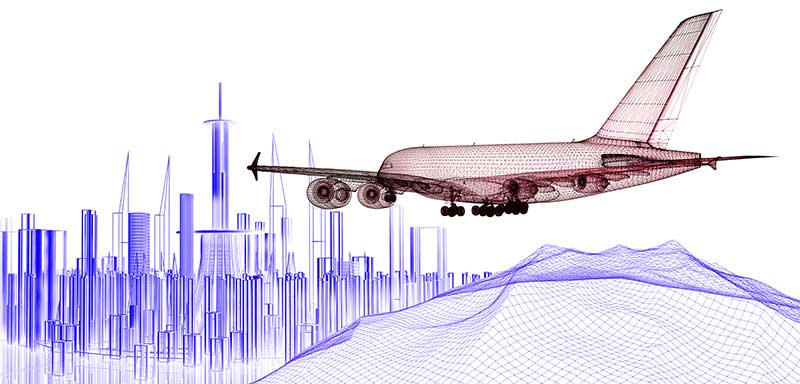D
esigning aircraft landing gear presents many challenges. Landing gear must be lightweight and compact, but also reliable. Considering these challenges, designers turn to advanced technologies, such as hydro-mechanical locking systems and proximity switches.
1. Weight
Landing gear typically makes up between three and six percent of the total weight of an aircraft. Even though fixed gear is typically lighter than retractable gear, it increases aerodynamic drag when the aircraft is in flight. To address the challenge of landing gear weight, designers use materials that are lightweight but strong. These include titanium alloys, high strength aluminum alloys, ultra high strength alloy steels, and corrosion resistant steels.
2. Volume
Space is tight on aircraft, particularly military craft. Retractable landing gear has many advantages, but its mechanisms and components take up more space inside the aircraft than the components of a fixed landing gear. Through careful design and consideration of the materials, designers can ensure that retractable landing gear takes up as little space as possible inside the body of the aircraft.
3. Reliability
Landing gear and its control systems are safety critical features of an aircraft. Therefore, designers must consider the reliability of each component and ensure it has an adequate lifespan. To increase lifespan, designers choose materials with excellent resistance to corrosion and fatigue.
In addition to the valves that physically retract and deploy the landing gear, it is also important to consider the reliability of the proximity switches and limit switches that are used to detect its position. These systems communicate the position status of the landing gear to the pilot, helping them to make safe decisions when operating the aircraft.
In recent years, there has been a move away from mechanical locks and micro switches in favor of hydro-mechanical locking systems and proximity switches. These new types of locking and switching devices are more reliable. As a result, they reduce the risk of the landing gear collapsing while the aircraft is on the ground or failing to deploy when the aircraft is ready to land.



